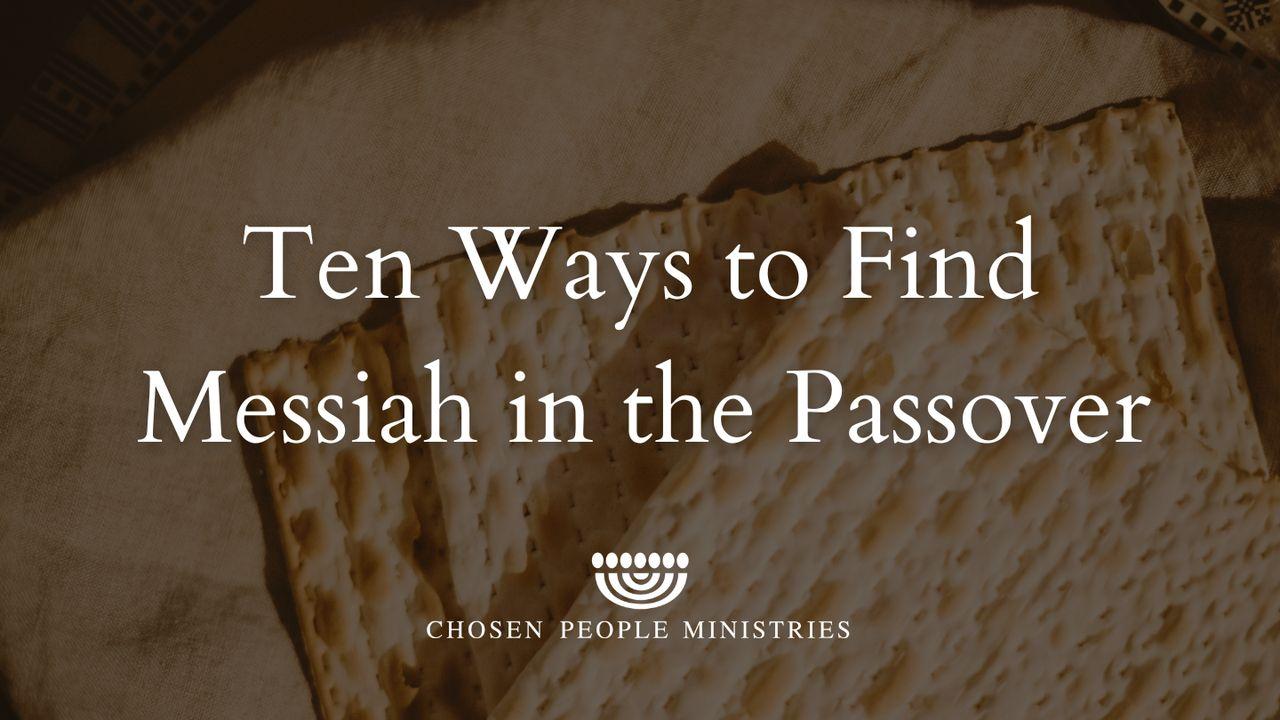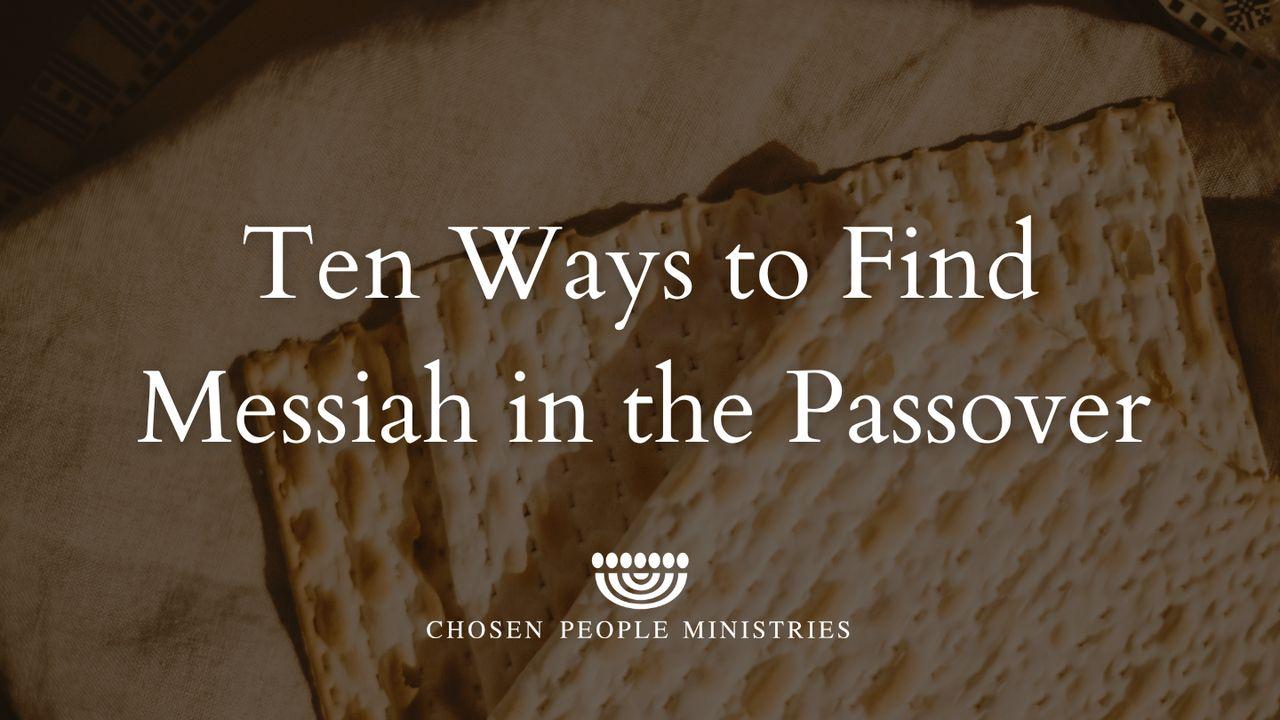Infos du plan
Ten Ways to Find Messiah in the PassoverExemple

The Messiah Died and Rose Again
Yachatz , which means “divide,” is the breaking in half of the middle matzah from the matzah tash, the compartmentalized pocket in which the leader of the Seder places three portions of matzah. The leader then takes the larger half of the broken middle piece, called the afikomen , wraps it in a clean, linen cloth or napkin, and hides it for the children to find later after the Passover meal. A traditional Jewish interpretation of the three-in-one matzah tash says they stand for Abraham, Isaac, and Jacob. Another Jewish interpretation says it symbolizes the priests, the Levites, and the people. Some Messianic Jews also see the three pieces of matzah as the Father, Son, and Holy Spirit. All these views pave a biblical and Jewish path straight to the atoning death of the Messiah.
Yeshua is also connected to the Akedah (binding), the story of Abraham’s attempted sacrifice of his promised son in Genesis 22! Just as Abraham was willing to sacrifice and offer his beloved son, God so loved the world that He gave—without sparing—His only begotten Son for our sake (John 3:16).
Yeshua came as that middle priestly matzah. He acts as the “middleman,” as His priestly office is to mediate between God and people. Yeshua made intercession once and for all time by offering up His own body to be broken, like the matzah. As He told His disciples at the Seder, “This is my body which is given for you” (Luke 22:19). Like the afikomen, Yeshua’s body would not only be broken but also wrapped in linen, hidden away for three days, and discovered later, resurrected .
À propos de ce plan

Of all the ways the Old Testament points to Jesus, the Passover is one of the strongest examples. In this plan, you will discover how Jesus is the Passover Lamb who came into this world to atone for our sins.
Plans suggérés

La Pensée stratégique : Les plans pour la vie, le travail et le ministère

Surmonter Les Blessures Intérieures

Le Lion de Juda marche devant vous

Dieu protège et délivre les opprimés

Comment Dieu peut vous guérir après avoir été blessé(e) par l'Église ?

Dieu désire te parler

Vous n'êtes pas disqualifié(e)

Jésus vous rend persévérant(e)

Rebâtir Après L'épreuve - Principes Du Livre De Néhémie
